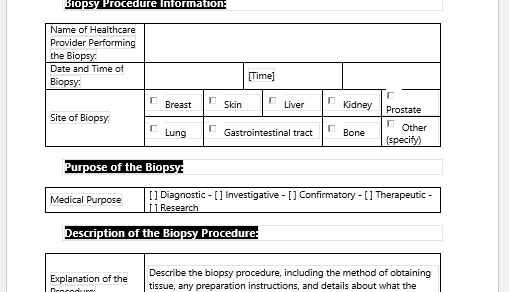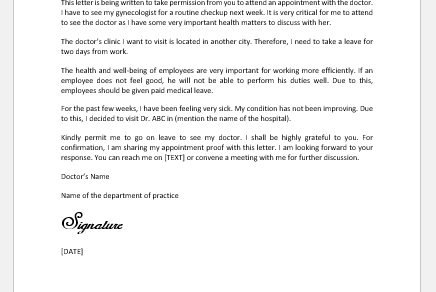An emergency is a sudden, unexpected, serious, and most often dangerous situation that requires immediate action to avoid as much loss as one can. Different kinds of emergencies can impact a single person or a whole community. Here we will be considering an emergency in general and the preparation required on a general basis as well.
Types of emergencies
There are a huge number of emergencies but in this list, a few will be quoted as examples that we can use to cover the major event warrants and they are as follows:
- Fire
- Droughts
- Floods
- Earthquake
- Pandemics
- Chemical spills
- Electric shocks
- Lost child
- The elderly are lost with Alzheimer’s.
- World War etc.
The list is much longer than this and the hazards are specific to each kind.
Emergency Pre-preparedness
It is the responsibility of the head to foresee any emergency that can be encountered and remain prepared for any emergency. Emergency preparedness on a general basis rather than a targeted one is a bit of a complicated task. Such preparations are made on a general basis and include a variety of tasks to get accomplished. These may include:
- Foreseeing the upcoming situation,
- Predicting time, required items, etc.
- Making a checklist,
- The actual making of a toolkit,
- Reevaluation, etc.
Checklist
It is a kind of “to-do list” made before doing any task to help reduce the risk of failure and compensate for the potential limits of human attention and memory. It helps us make sure to be competent and complete while doing tasks. Here we will be discussing the checklist for the” Emergency toolkit”.
Checklist for an Emergency tool kit
This checklist is explained entirely on a general basis because, for specialized cases, these checklists are way more modified accordingly. Basic components include:
- At first, it is given the title that this emergency plan is designed for either a workplace, hospital or any pandemic in the community, home, etc.
- List the number of personnel or contacts to be approached in case of emergency. These can be designated officials who are responsible for providing help to those in need.
- Evacuation route plan. Make sure these are already provided in every crowded place in the form of maps marked for:
1: Emergency exits one or more
2: Primary and secondary evacuation directions
3: Location for fire extinguishers, fire alarms, etc. - Phone number, e.g., security (if they’re available), police, ambulance, paramedics, etc.
- Also, your checklist must have emergency contacts of utility-related services, e.g., water, sanitation, electricity, etc.
- Emergency reporting and depopulation procedures: types of emergencies that can be reported by site personnel include Fire, chemical spills, extreme weather, etc.
- Details of nearest medical help contacts, i.e., ambulance, paramedic staff, hospital, etc.
- Trained personnel contacts to approach them in any kind of disaster.
Rest assured, this list is manageable and modifiable according to the kind of emergency to be dealt with, the number of people involved, the area, etc.
Toolkit
Other than the above-mentioned procedures, this emergency plan checklist also has a list of toolkits required for any emergency, varying according to the circumstances. General items may include a first aid kit, water and food storage, dry batteries with extra ones, local maps, masks, plastic bags, important documents, flashlights, bags, and blankets, etc.
- Nursing Documentation Templates
- Mental Health Evaluation Forms
- Forms Used by Pediatricians
- Various Forms Related to Pregnancy Verification
- Common Forms Used by ENT Specialists
- Pain Diary Worksheet Template
- Forms Commonly Used by Old Age Homes
- Medical Treatment Consent Form
- Home Exercise Program Worksheet
- Forms Used for Mental Health Assessment
- Forms Used by Psychologists
- Medical Forms Commonly Used by/for Students
- Assessment Consent Form
- Forms Used by an Anesthesiologist
- Not Fit to Fly Certificate Template
- Home Visit Consent Form for Schools
- Important Forms Commonly Used by Pharmacies
- Important Forms Commonly Used by Dentists



